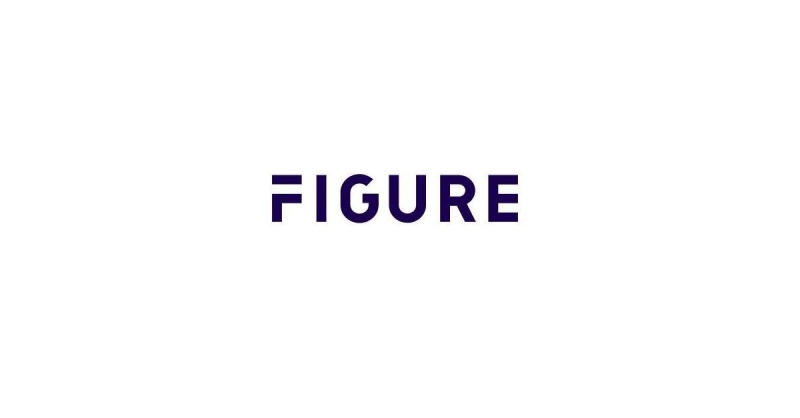Distressed Home Sales Hit Lowest Point Since September 2007

Distressed home sales, which include real estate-owned properties (REOs) and short sales, accounted for 9.3 percent of total home sales nationally in August 2015, down 2.3 percentage points from August 2014 and down 0.4 percentage points from July 2015.
Within the distressed category, REO sales accounted for 6 percent and short sales made up 3.3 percent of total home sales in August 2015. The REO sales share was the lowest since September 2007 when it was 5.2 percent. The short sales share fell below four percent in mid-2014 and has remained in the 3-4 percent range since then. At its peak in January 2009, distressed sales totaled 32.4 percent of all sales, with REO sales representing 27.9 percent of that share. While distressed sales play an important role in clearing the housing market of foreclosed properties, they sell at a discount to non-distressed sales, and when the share of distressed sales is high, they can pull down the prices of non-distressed sales. There will always be some level of distress in the housing market, and by comparison, the pre-crisis share of distressed sales was traditionally about two percent. If the current year-over-year decrease in the distressed sales share continues, it would reach that "normal" two percent mark in mid-2018.
Maryland had the largest share of distressed sales of any state at 20.8 percent in August 2015, followed by Florida (20.3 percent), Michigan (19.9 percent), Connecticut (19.1 percent) and Illinois (18.7 percent). North Dakota had the smallest distressed sales share at 2.7 percent. Nevada had a six percentage point drop in its distressed sales share from a year earlier, the largest decline of any state. California had the largest improvement of any state from its peak distressed sales share, falling 58.7 percentage points from its January 2009 peak of 67.4 percent. While some states stand out as having high distressed sales shares, only North Dakota and the District of Columbia are close to their pre-crisis numbers (within one percentage point).
Of the 25 largest CBSAs based on loan count, Orlando-Kissimmee-Sanford, Fla. had the largest share of distressed sales at 23.4 percent, followed by Tampa-St. Petersburg-Clearwater, Fla. (21.9 percent); Miami-Miami Beach-Kendall, Fla. (21.9 percent); Baltimore-Columbia-Towson, Md. (21.2 percent); and Chicago-Naperville-Arlington Heights, Ill. (21.1 percent). Las Vegas-Henderson-Paradise, Nev. had the largest year-over-year drop in its distressed sales share, falling by 5.9 percentage points from 21.8 percent in August 2014 to 15.9 percent in August 2015. Riverside-San Bernardino-Ontario, Calif. had the largest overall improvement in its distressed sales share from its peak value, dropping from 76.3 percent in February 2009 to 11.4 percent in August 2015.




